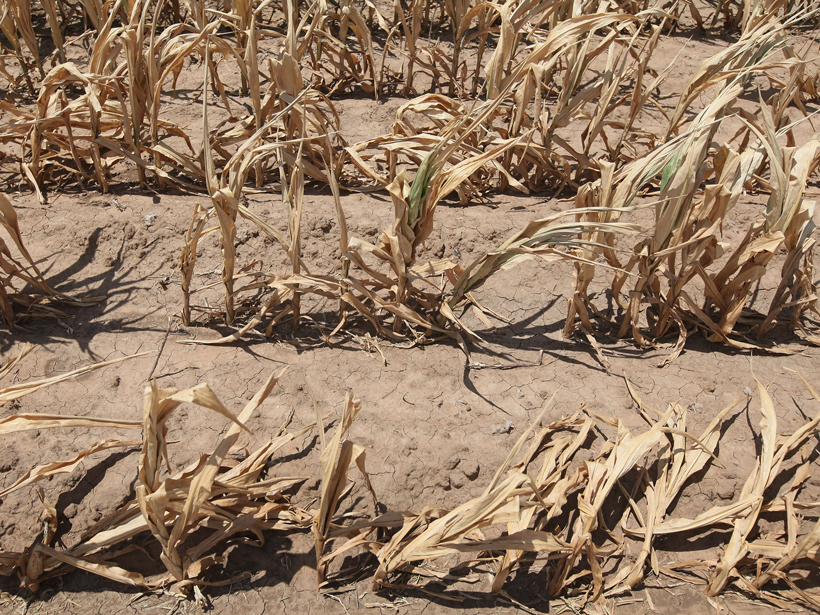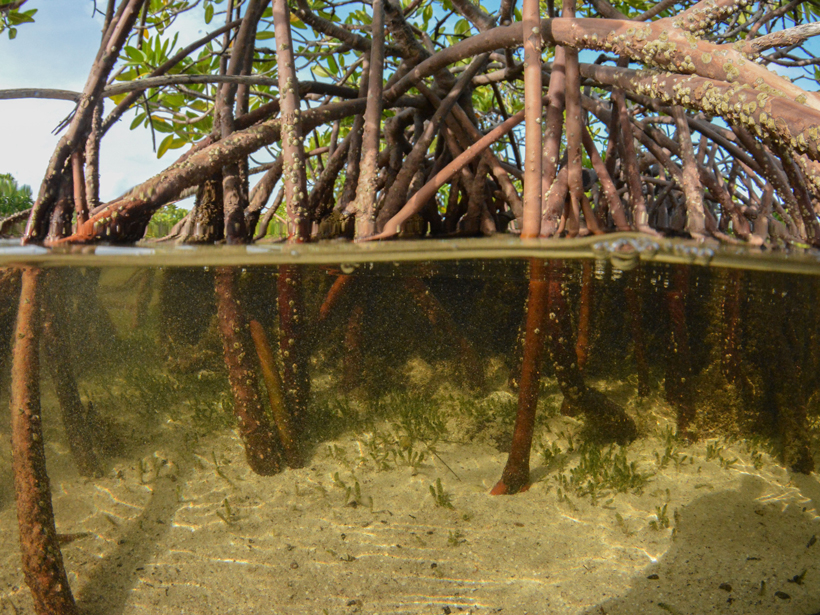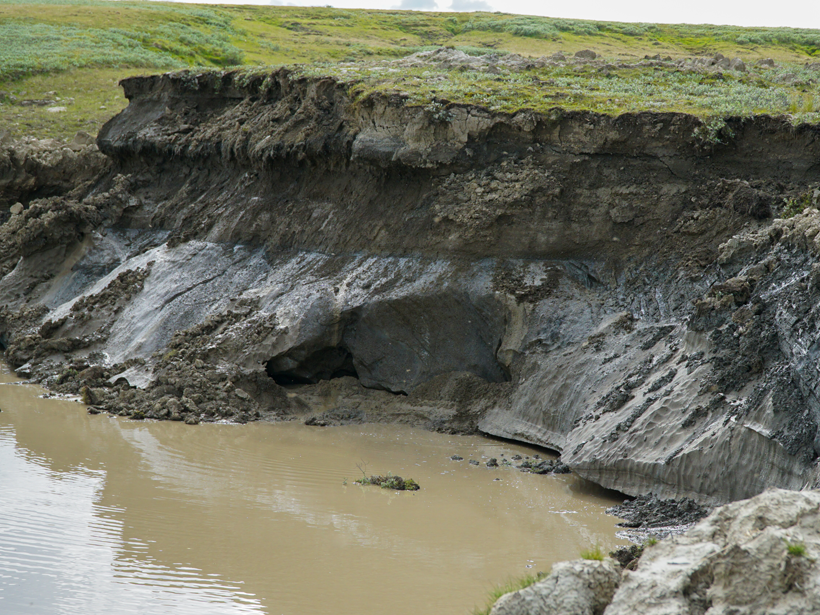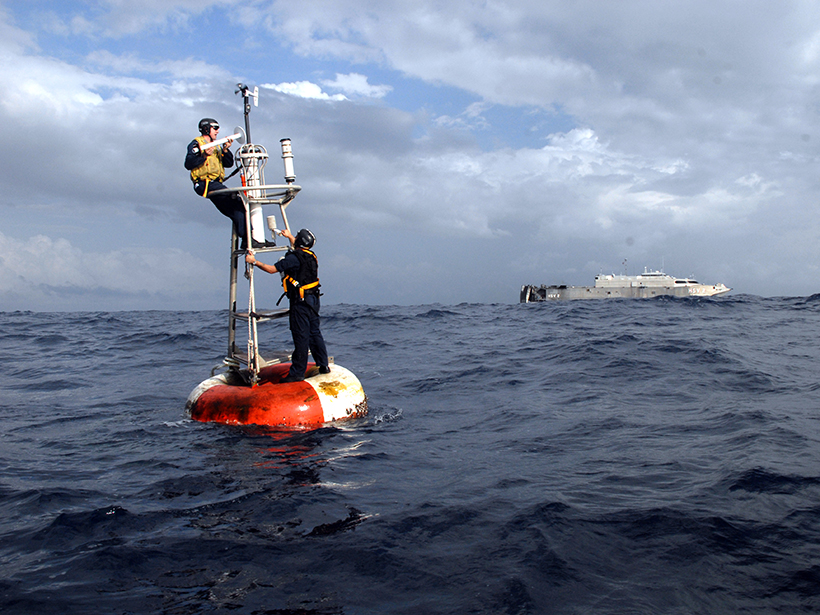Freshwater ecosystems constitute a small fraction of our planet but play a disproportionately large and critical role in the global carbon cycle.
Climate Change
White House Budget Plan Slams Climate and Environmental Programs
The spending blueprint unveiled yesterday precedes a detailed budget proposal expected later this spring. Democrats declared the newly released plan "dead on arrival."
Republican Resolution Urges Congress to Counter Climate Threat
The bill calls for using American ingenuity and innovation to find solutions to changes in global and regional climates but makes no mention of fossil fuel emissions.
Study Finds That Coastal Wetlands Excel at Storing Carbon
Shoreline environments show more promise than other marine ecosystems for mitigating climate change, the analysis shows.
EPA Reassesses Feasibility of Plan to Increase Fuel Efficiency
This January, the Environmental Protection Agency (EPA) finalized mileage standards set in 2012. Now, at the push of the auto industry, EPA and other agencies are going back for another look.
Himalayan Climate Change Affects Regional, Global Environments
6th Third Pole Environment (TPE) Workshop; Columbus, Ohio, 16–18 May 2016
Modeling Permafrost's Role in the Global Carbon Cycle
A team of international scientists surveyed an array of Earth ecosystem models, recommending several ways to reduce uncertainties.
Expanding a 300-Year Record of Marine Climate
Fourth International Workshop on the Advances in the Use of Historical Marine Climate Data; Southampton, UK, 18–22 July 2016
Arctic Permafrost Thaw Would Amplify Climate Change
An international team probed Arctic permafrost samples to better understand the carbon feedback loop that could be set off by future thawing.
A Two-Way Relationship Between the Atlantic and Pacific Oceans
Researchers have uncovered a new connection between sea surface temperatures in the Atlantic and tropical cyclones in the eastern Pacific that could improve accuracies of future cyclone forecasts.










